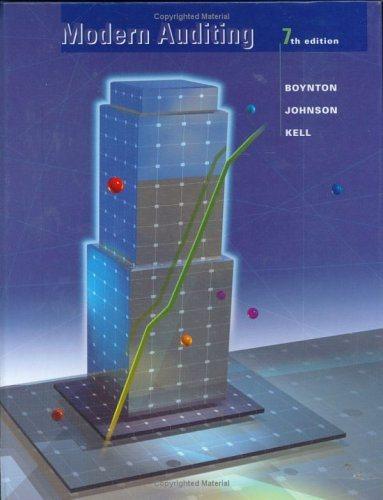1. (30 points) Consider the DMP model. A labor union raises the workers bargaining power, a. At the same time, unemployment insurance benefit, b, goes up. The two key equilibrium equations of the DMP model are Eqm equations: v(Q) = b + em(1, j)(w b) = b + em(1, j)a(z b) em 1 j , 1 = k zw = k (1a)(zb) , where Q is the labor force, b is unemployment insurance benefit, w is the wage rate, e is the efficiency of matching, j = A/Q is job market tightness, A is the number of firms posting vacancies, M is the number of successful matches given by M = em(Q, A), m(, ) is the matching function which is Constant Returns to Scale in Q and A, a is the share of total match surplus that is allocated to the worker, k is the cost of posting a vacancy by the firm, and z is a workers productivity. (a) (10 points) Analyze the changes using the relevant diagrams, clearly labelling axes and showing all the relevant values on the x-axis and y-axis before and after the changes in the worker bargaining power and unemployment insurance benefit. (b) (20 points) Discuss economics behind the possible effects of changes on i) labor market tightness; ii) unemployment rate; iii) labor force; (iv) the number of firms, and (v) aggregate output. (The full mark will be given only to answers that comment on the changessimply stating direction of the change will be not enough. Your answer should acknowledge that various scenarios are possible, that is, if a change is ambiguous you should clearly state so and explain why.)

(30 points) Consider the DMP model. A labor union raises the worker's bargaining power, a. At the same time, unemployment insurance benefit, b, goes up. The two key equilibrium equations of the DMP model are Eqmequations:{v(Q)=b+em(1,j)(wb)=b+em(1,j)a(zb)em(j1,1)=zwk=(1a)(zb)k, where Q is the labor force, b is unemployment insurance benefit, w is the wage rate, e is the efficiency of matching, j=A/Q is job market tightness, A is the number of firms posting vacancies, M is the number of successful matches given by M=em(Q,A), m(,) is the matching function which is Constant Returns to Scale in Q and A,a is the share of total match surplus that is allocated to the worker, k is the cost of posting a vacancy by the firm, and z is a worker's productivity. (a) (10 points) Analyze the changes using the relevant diagrams, clearly labelling axes and showing all the relevant values on the x-axis and y-axis before and after the changes in the worker bargaining power and unemployment insurance benefit. (b) (20 points) Discuss economics behind the possible effects of changes on i) labor market tightness; ii) unemployment rate; iii) labor force; (iv) the number of firms, and (v) aggregate output. (The full mark will be given only to answers that comment on the changes - simply stating direction of the change will be not enough. Your answer should acknowledge that various scenarios are possible, that is, if a change is ambiguous you should clearly state so and explain why.) (30 points) Consider the DMP model. A labor union raises the worker's bargaining power, a. At the same time, unemployment insurance benefit, b, goes up. The two key equilibrium equations of the DMP model are Eqmequations:{v(Q)=b+em(1,j)(wb)=b+em(1,j)a(zb)em(j1,1)=zwk=(1a)(zb)k, where Q is the labor force, b is unemployment insurance benefit, w is the wage rate, e is the efficiency of matching, j=A/Q is job market tightness, A is the number of firms posting vacancies, M is the number of successful matches given by M=em(Q,A), m(,) is the matching function which is Constant Returns to Scale in Q and A,a is the share of total match surplus that is allocated to the worker, k is the cost of posting a vacancy by the firm, and z is a worker's productivity. (a) (10 points) Analyze the changes using the relevant diagrams, clearly labelling axes and showing all the relevant values on the x-axis and y-axis before and after the changes in the worker bargaining power and unemployment insurance benefit. (b) (20 points) Discuss economics behind the possible effects of changes on i) labor market tightness; ii) unemployment rate; iii) labor force; (iv) the number of firms, and (v) aggregate output. (The full mark will be given only to answers that comment on the changes - simply stating direction of the change will be not enough. Your answer should acknowledge that various scenarios are possible, that is, if a change is ambiguous you should clearly state so and explain why.)







